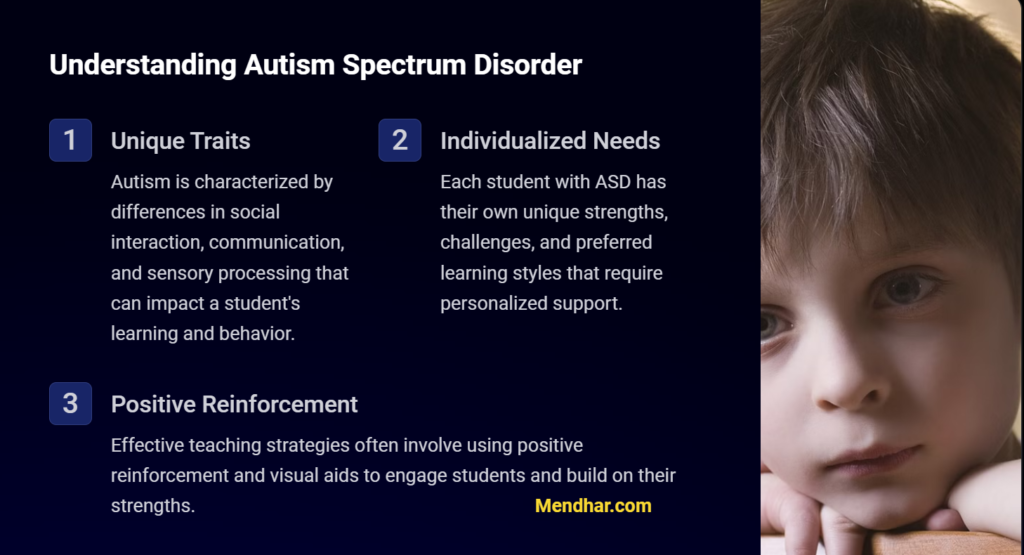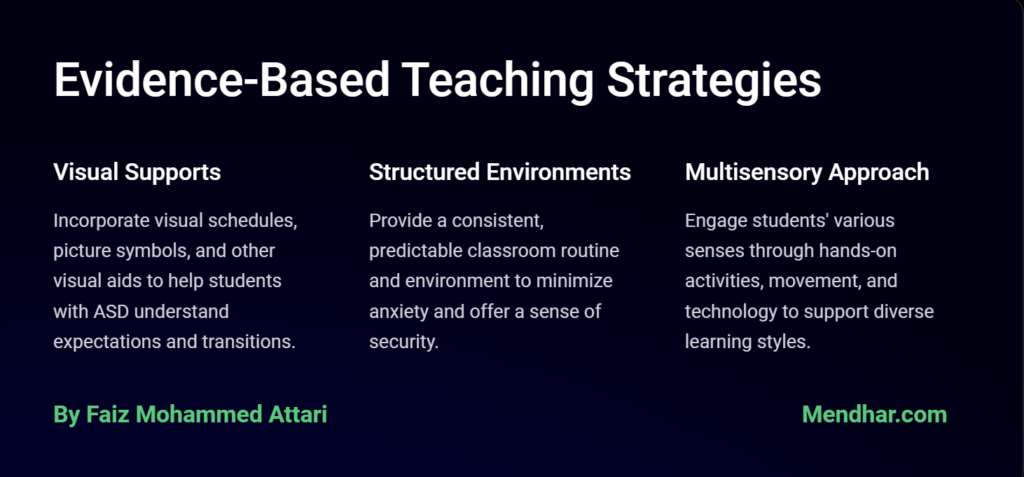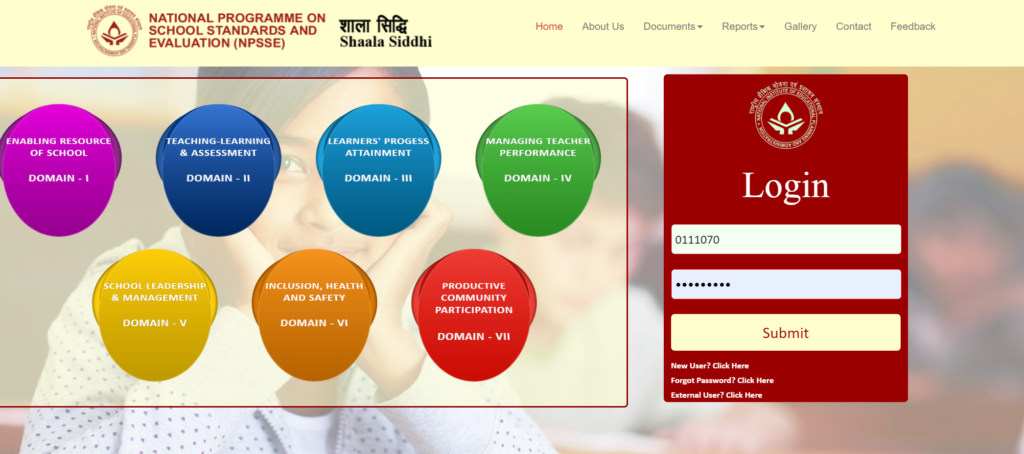Autism-Teaching Strategies: Module 9 Answer Key

Introduction to Autism-Teaching Strategies: Module 9
In the realm of special education, addressing the diverse needs of students with autism spectrum disorder (ASD) remains a paramount challenge. Each child with autism possesses unique strengths and weaknesses, requiring tailored interventions and strategies. Autism-Teaching Strategies: Module 9 serves as a comprehensive guide for educators, providing insights and methodologies to foster the holistic development of students on the autism spectrum.
Before delving into specific teaching strategies, it’s imperative to grasp the fundamental characteristics of ASD. Autism spectrum disorder encompasses a broad range of conditions characterized by challenges with social skills, repetitive behaviors, and communication difficulties. While the severity and manifestations of these traits vary among individuals, they significantly impact the learning process.

Autism-Teaching Strategies: Module 9 Answer Key
1. Teaching stories using visual aids such as flashcards, audio-visual mediums can be beneficial when teaching students with autism.
– TRUE
– FALSE
– Answer: TRUE🖊️
2. If fine motor skills are a barrier to participation and academic function, we should seek available assistive technology.
– TRUE
– FALSE
– Answer: TRUE🖊️
3. Students with autism show intense focus on topics they are interested in.
– TRUE
– FALSE
– Answer: TRUE🖊️
4. Students with autism find it difficult to learn and follow structured routines.
– TRUE
– FALSE
– Answer: TRUE🖊️
5. Children with autism have no difficulty learning complex information directly.
– TRUE
– FALSE
– Answer: FALSE🖊️
6. To teach students with autism, a teacher should move from known to unknown concepts.
– TRUE
– FALSE
– *Answer: TRUE🖊️
7. Using an abacus or other concrete material does not prove beneficial to teach basic operations to students with ASD.
– TRUE
– FALSE
– Answer: FALSE🖊️
8. Illustrating graphically the entire sequence of multi-step problems with the numbered steps written at the side of the board is useful.
– TRUE
– FALSE
– Answer: TRUE🖊️
9. Students with autism may have a strong rote memory.
– TRUE
– FALSE
– Answer: TRUE🖊️
10. Teaching stories using visual aids such as flashcards, audio-visual mediums can be beneficial when teaching students with autism.
– TRUE
– FALSE
– Answer: TRUE🖊️
11. If fine motor skills are a barrier to participation and academic function, we should seek available assistive technology.
– TRUE
– FALSE
– Answer: TRUE🖊️
12. Students with autism show intense focus on topics they are interested in.
– TRUE
– FALSE
– Answer: TRUE🖊️
13. Students with autism find it difficult to learn and follow structured routines.
– TRUE
– FALSE
– Answer: TRUE🖊️
14. Using an abacus or other concrete material does not prove beneficial to teach basic operations to students with ASD.
– TRUE
– FALSE
– Answer: FALSE🖊️
15. If fine motor skills are a barrier to participation and academic function, we should seek available assistive technology.
– TRUE
– FALSE
– Answer: TRUE🖊️
16. Students with autism show intense focus on topics they are interested in.
– TRUE
– FALSE
– Answer: TRUE🖊️
17. Students with autism may have a strong rote memory.
– TRUE
– FALSE
– Answer: TRUE🖊️
18. Teaching stories using visual aids such as flashcards, audio-visual mediums can be beneficial when teaching students with autism.
– TRUE
– FALSE
– Answer: TRUE🖊️
19. To teach students with autism, a teacher should move from known to unknown concepts.
– TRUE
– FALSE
– Answer: TRUE🖊️
20. Students with autism find it difficult to learn and follow structured routines.
– TRUE
– FALSE
– Answer: TRUE🖊️
For any assistance feel free to contact or visit my website:https://buy-products.in

Conclusion:
Autism-Teaching Strategies: Module 9 offers valuable insights and practical strategies for educators seeking to support students with autism effectively. By creating structured environments, utilizing visual supports, implementing positive behavior supports, differentiating instruction, promoting social skills development, collaborating with families and professionals, incorporating sensory supports, and providing individualized support, educators can create inclusive learning environments where all students can thrive, regardless of their abilities or challenges.



Mohd Shabir R/o Village Gohlad
Mendhar Govt P/S Thanda Nara
Pingback: Dyslexia: Teaching Strategies - Module 11 -